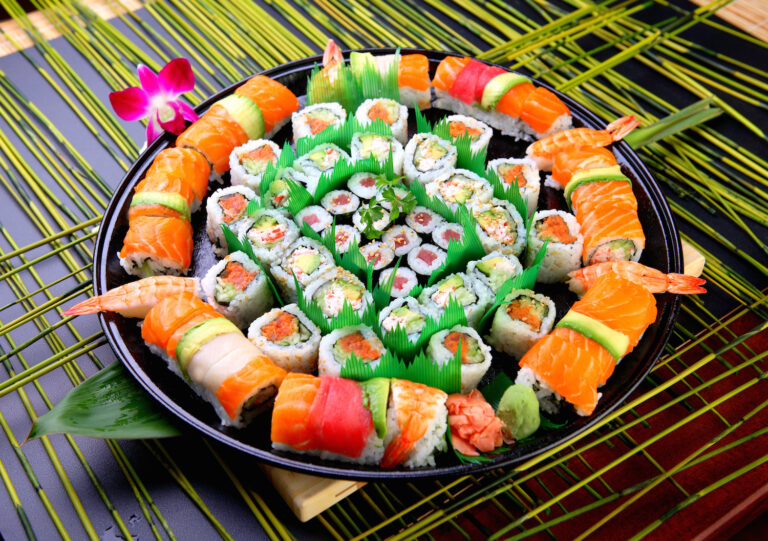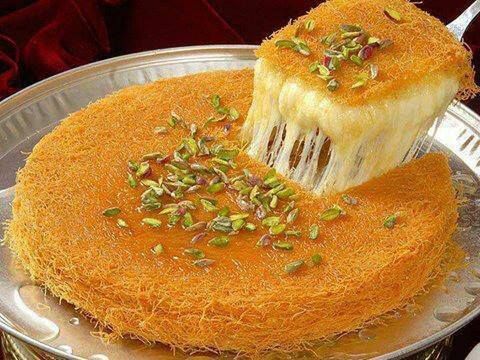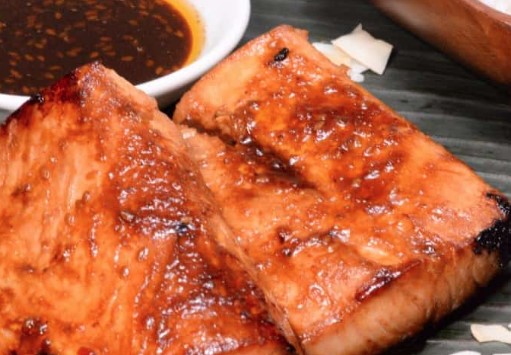Introduction: Israeli cuisine at a glance
Israeli cuisine is a unique blend of flavors and influences from the region and beyond. With a diverse population and rich cultural history, Israeli cuisine has evolved over time, incorporating traditional dishes from Jewish, Arabic, and Mediterranean cultures, as well as modern and international cuisine. From savory to sweet, Israeli cuisine is known for its bold flavors and fresh ingredients.
A melting pot of flavors
Israeli cuisine reflects the country’s diverse population, with a mix of Ashkenazi Jewish, Sephardic Jewish, Arab, and other cultures. The food is characterized by bold flavors, fresh ingredients, and a focus on healthy eating. Israeli cuisine also incorporates dishes from neighboring countries, such as hummus, falafel, and shakshuka.
Desserts and sweets in Israeli cuisine
Israeli cuisine has a rich tradition of desserts and sweets, which have evolved over time to reflect the country’s cultural and culinary influences. Some of the most popular desserts include baklava, halva, and kanafeh. Israeli desserts are often made with honey, nuts, and spices, reflecting the country’s ancient culinary traditions.
Traditional treats
Traditional Israeli desserts include baklava, a sweet pastry made with layers of filo dough, nuts, and honey; halva, a dense and sweet confection made from sesame paste and sugar; and rugelach, a pastry filled with jam, nuts, and cinnamon. Another popular dessert is knafeh, a sweet pastry made with shredded filo dough and cheese, drenched in a sugar syrup, and topped with pistachios.
Modern twists on traditional desserts
In recent years, Israeli chefs have put a modern spin on traditional desserts, incorporating new ingredients and techniques to create unique and innovative sweet treats. For example, chocolate and tahini have become a popular flavor pairing, with chocolate tahini truffles and halva chocolate bars popping up in cafes and bakeries across the country. Chefs are also experimenting with herbal and floral flavors, such as lavender and rose, to add a unique twist to classic desserts.
Conclusion: Sweet delights from Israel
Israeli cuisine offers a rich and diverse selection of desserts and sweets, from traditional treats to modern twists on classic recipes. Whether you prefer sweet and decadent pastries or light and refreshing fruit desserts, there is something for everyone in Israeli cuisine. So next time you visit Israel, be sure to indulge in some of the country’s delicious sweets and desserts.










